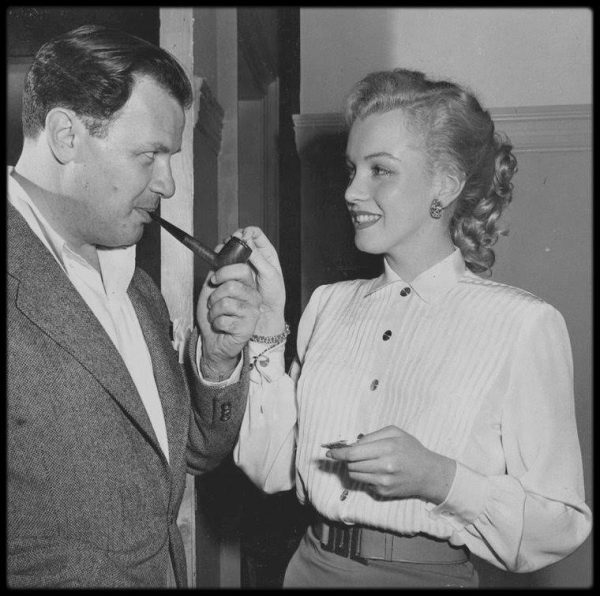

To believe that “Citizen Kane” is a great American film in a morass of mediocre Hollywood movies is to misunderstand the transparent movieness of “Kane” itself from its Xanadu castle out of “Snow White and the Seven Dwarfs” to its menagerie out of “King Kong” to its mirrored reflections out of old German doppleganger spectacles. “Citizen Kane” is certainly worthy of revival and reconsideration, but it hardly stands alone even among the directorial efforts of Orson Welles. “‘Citizen Kane’ is perhaps the one American talking picture that seems as fresh now as the day it opened.” I can think of hundreds of “American talking pictures” that seem as fresh now as the day they opened. My disagreement with her position begins with her very first sentence: Pauline Kael’s two-part article on “Citizen Kane” (“ Raising Kane” - The New Yorker, February 20 and 27, 197) reportedly began as a brief introduction to the published screenplay, but, like Topsy, it just growed and growed into a 50,000-word digression from “Kane” itself into the life and times and loves and hates and love-hates of Pauline Kael. James Agee, the Nation, March 18, 1944, reprinted in “Agee on Film”

It is being advertised as ‘a strange new kind of moving picture,’ and that makes me realize, as the excitement over the ‘originality’ of ‘Citizen Kane’ used to, that already I belong to a grizzling generation.” “‘Voice in the Wind,’ a heartfelt shoestring quickie shot in 13 days, is a pretty awful moving picture, I realize, but I was touched by its sincerity and by a number of things in it, and was sympathetically interested in a good deal more.


 0 kommentar(er)
0 kommentar(er)
